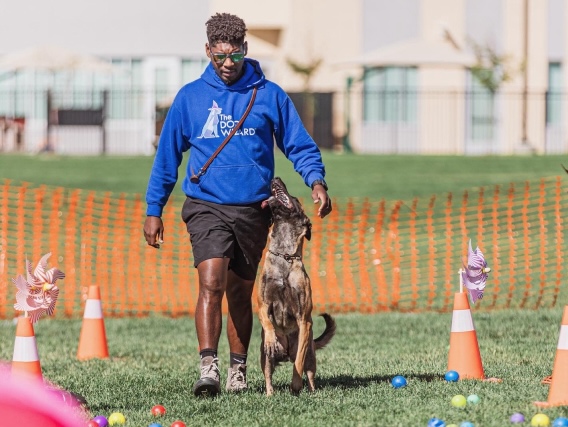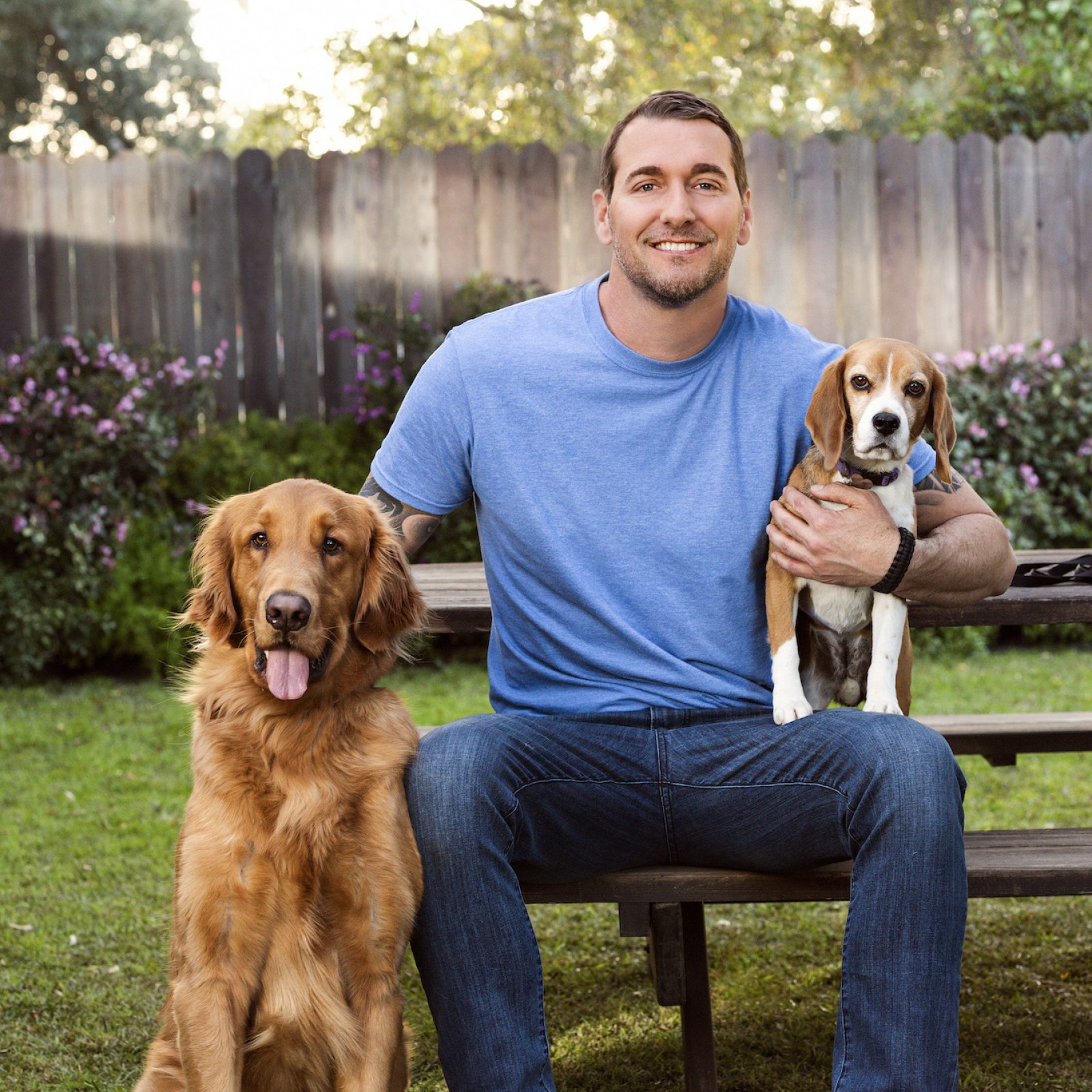Transform Your Dog's Habits With Proven Training Techniques
Transforming your pet's habits needs a nuanced understanding of their private traits and demands, as well as the application of tried and tested training techniques. Consistency in your training approach not only enhances obedience but also cultivates a deeper bond of trust fund and regard between you and your pet.
Comprehending Dog Actions
Recognizing pet dog habits is necessary for reliable training and interaction between humans and their canine friends. Pets, as social pets, display a series of habits influenced by genes, environment, and experiences - Dog training. Recognizing these actions aids owners customize their training approaches to satisfy the particular requirements of their pets
Trick aspects of pet dog behavior consist of body movement, vocalizations, and social communications. A wagging tail often suggests exhilaration, while a lowered head might signify submission or concern. Understanding these signals can assist owners analyze their pet dog's mood and react suitably. Additionally, socializing plays a critical role in forming habits; pets that communicate positively with different people and various other pets are generally extra well-adjusted and adaptable.
Furthermore, recognizing stress and anxiety signals-- such as pacing, panting, or evasion habits-- can avoid acceleration into much more severe problems. Owners who are attuned to their canine's behavior can create a caring and secure setting, promoting count on and improving the training procedure. Inevitably, a deep understanding of canine actions lays the structure for an unified partnership and reliable training outcomes, ensuring both pets and their proprietors grow with each other.
Positive Support Methods
Positive support methods are widely recognized as one of one of the most efficient methods for training pets, promoting a positive understanding atmosphere. This approach entails fulfilling wanted behaviors with deals with, appreciation, or play, thus encouraging the pet dog to duplicate those habits. Unlike punishing techniques, positive support builds depend on and strengthens the bond in between the fitness instructor and the dog.
Incentives should be provided right away adhering to the wanted behavior to help the canine make the link. Uniformity is additionally crucial; using the same commands and rewards assists the pet dog comprehend what is anticipated.
It is very important to keep in mind that favorable support is not concerning bribery; instead, it has to do with reinforcing good behavior. In time, as the canine discovers to connect details actions with favorable end results, the regularity of incentives can be progressively lowered, transitioning to spoken appreciation or periodic benefits. This technique not only encourages obedience but also advertises a certain and satisfied dog, making training a much more pleasurable experience for both events involved.
Addressing Common Issues
Attending to common concerns throughout pet dog training is crucial for making certain a harmonious and effective connection between the pet and its proprietor. Numerous dog owners come across behavior challenges, such as too much barking, leaping, and leash drawing. Comprehending the source of these habits is essential for reliable training.
Extreme barking may originate from monotony, anxiety, or an absence of socialization. To minimize this, supply ample physical workout, mental excitement, and chances for social communication with both people and various other canines. Leaping can typically signify exhilaration or a desire for interest. Training the canine to rest upon greeting can reroute this behavior favorably.
Leash drawing is another common concern, frequently resulting from a pet dog's enthusiasm to check out. Utilizing correct leash handling strategies, combined with training methods that encourage loose-leash strolling, can substantially boost this actions.
In addition, problems like source guarding or separation stress and anxiety call for tailored techniques. Progressive desensitization and counter-conditioning can be reliable in resolving these difficulties. By acknowledging and proactively taking care of these usual concerns, pet owners can cultivate a more delightful training experience and enhance the bond with their canine friends.
Consistency in Training

To accomplish consistency, it is essential that all members of the house stick to the very same training techniques. Utilizing the very same spoken hints and hand signals makes certain that the canine gets uniform messages. Furthermore, the timing of modifications and benefits need to correspond; prompt support boosts the chance that the canine will certainly link the behavior with the end result.
Normal practice sessions, combined with organized timetables for feeding, walking, and playtime, aid dogs anticipate and comprehend their setting, making them more receptive to training. Eventually, uniformity cultivates a feeling of safety and security and why not try these out depend on, encouraging dogs to learn a lot more properly.
Structure a Solid Bond
How can fostering a strong bond between a canine and its owner improve the training experience? A strong connection constructed on trust fund and respect serves as the foundation for reliable training. When a dog feels protected in its connection with its owner, it is a lot more most likely to internet display favorable habits and be responsive to learning. This bond motivates the pet to involve totally in training sessions, as it checks out the owner as a source of guidance and assistance.
In addition, a solid bond helps with better communication. Dogs are adept at reviewing human cues, and a relying on partnership enables for clearer signals during training. Owners who spend time in structure this bond through play, socializing, and favorable reinforcement develop an atmosphere where dogs really feel motivated and anxious to discover.
In addition, a well-established link can decrease anxiousness and behavioral concerns, as canines are much less likely to act out when they really feel comprehended and looked after. As a result, prioritizing the advancement of a solid bond not only boosts the training experience but additionally contributes to a better and much more well-adjusted dog. Ultimately, the trip of training changes into a joint partnership, bring about lasting behavioral renovations.
Conclusion

Owners who are attuned to their dog's behavior can produce a secure and caring environment, fostering count on and boosting the training process. Inevitably, a deep understanding of canine behavior lays the foundation for a harmonious relationship and reliable training results, making sure both pet dogs and their owners thrive with each other.
Attending to typical issues throughout pet training is crucial for making certain a effective and harmonious relationship between the pet and its owner.Uniformity is a cornerstone of reliable pet training, as it develops a clear structure for the pet to recognize actions and expectations.In final thought, changing a dog's behavior with verified training methods requires an understanding of canine behavior, the application of favorable reinforcement techniques, and a focus on uniformity.